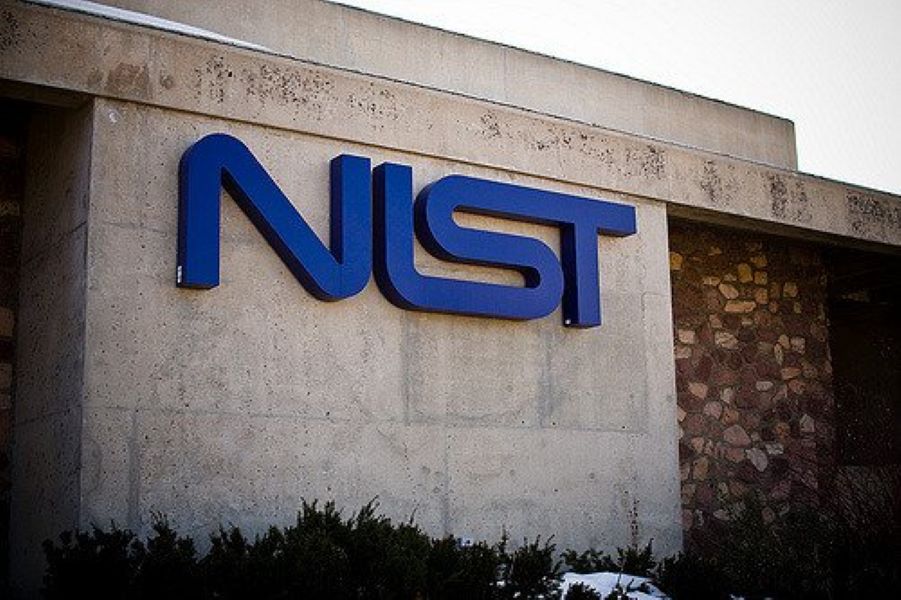Innovations in technology have had an incredible impact on the way we interact with the world. Less than a decade ago, IoT felt alien. Generative AI is now changing the way we interact with the internet. With all of this, cybersecurity threats are also evolving, requiring organizations to be agile and continually adapt.
Recognizing this reality, the National Institute of Standards and Technology has announced the long-awaited NIST Cybersecurity Framework (CSF) 2.0. This updated framework aims to provide organizations with a robust and adaptable guide to managing cybersecurity risks in today's dynamic environment.
This blog post summarizes the changes to the NIST CSF and focuses on industries that should be aware of these changes.
The enduring importance of the NIST CSF
First introduced in 2014, the original NIST CSF quickly became the cornerstone of cybersecurity risk management. Its flexible approach, regardless of industry or size, has resonated with organizations around the world. The framework provided common language To discuss and guide your organization on cybersecurity Identify, prioritize, and implement Security measures.
However, the cybersecurity landscape has changed significantly since then. New threats, evolving technology, and regulatory complexity required a refresh.
Introducing NIST CSF 2.0: An Evolved Framework
NIST CSF 2.0 builds on the success of previous versions and provides several important enhancements.
Extended range: The framework currently addresses a wide range of cybersecurity objectives, including:Identify, protect, detect, respond, recover and govern. This holistic approach addresses the entire cybersecurity lifecycle.
New feature – “Governance”: This addition emphasizes the important role of governance in managing cybersecurity risks and ensuring alignment with organizational strategy.
Enhanced guidance: CSF 2.0 provides more comprehensive, practical guidance on implementing the framework, including improved examples and resources.
Improved clarity and ease of use: The revised framework streamlines terminology and simplifies structure to make it easier for organizations to understand and use.
While the core principles of identify, protect, detect, respond, and recover remain, there has been a significant evolution with the addition of “management” capabilities and more detailed guidance.
Industries that will particularly benefit from NIST CSF 2.0: Adapting to risk mitigation
While NIST CSF 2.0 provides valuable guidance to all organizations regardless of size or industry, certain sectors will see tremendous value from its implementation.
Critical infrastructure field: This framework's focus on aligning cybersecurity and organizational goals resonates strongly with industries such as energy, transportation, healthcare, and finance. These sectors are considered critical to national security and economic well-being and face increasing threats and regulatory scrutiny. NIST CSF 2.0 provides a standardized approach to managing these risks, potentially aiding regulatory compliance and stakeholder confidence.
data driven industry: Organizations that rely heavily on data, such as technology, finance, and healthcare, can benefit from a framework focused on protecting sensitive information. By confidently identifying and prioritizing your security requirements, you can protect your valuable data assets from theft and misuse.
highly regulated industry: Sectors such as healthcare, finance, and pharmaceuticals operate under strict regulations with specific cybersecurity requirements. NIST CSF 2.0 serves as a bridge between these regulations and actual implementation, simplifying compliance efforts and demonstrating adherence to best practices.
supply chain ecosystem: As interconnectedness increases, supply chain vulnerabilities become a critical concern. This framework focuses on identification, protection, and detection across the entire supply chain ecosystem, helping you mitigate these risks and build trust with your partners and customers.
Industry faces evolving threats: Sectors susceptible to rapid changes in the threat landscape, such as technology, finance, and energy, require an adaptable security posture. NIST CSF 2.0's flexible, structured approach allows organizations to continually adapt their cybersecurity efforts to emerging threats.
Beyond industry specificity: It's important to remember that any organization involved in protecting sensitive information, maintaining operational resilience, and building trust can benefit from NIST CSF 2.0. Its industry-agnostic nature allows it to be customized and tailored to your unique needs and risk profile.
Forced recruitment? Navigate the nuances:
Although there is currently no mandate for widespread adoption of NIST CSF 2.0, certain scenarios require additional attention.
government contractor: Depending on the contract and the agency involved, some government contractors may be required to demonstrate alignment with NIST CSF 2.0 or its predecessor. It's important to stay informed about your specific requirements.
Sector-specific regulations: Certain industries, such as healthcare (HIPAA), finance (PCI DSS), and energy (NERC CIP), have existing regulations with overlapping cybersecurity goals. NIST CSF 2.0 serves as a valuable tool for demonstrating compliance with these regulations while implementing extensive security improvements.
timing is key
Although there are no mandatory deadlines, there are many benefits to proactive adoption.
Building a secure foundation: Early adoption allows organizations to establish a robust cybersecurity posture before facing a major incident.
Demonstrate proactive security: Demonstrate commitment to best practices and strengthen stakeholder trust by aligning with modern frameworks.
Security measures for the future: The adaptive nature of NIST CSF 2.0 allows organizations to stay ahead of evolving threats and regulatory changes.
Ultimately, the decision to adopt NIST CSF 2.0 will depend on the needs and risk profile of each individual organization. However, understanding the potential benefits and considering the evolving regulatory landscape makes a strong case for proactively engaging with this modern cybersecurity framework.
Ashley Leonard is CEO. Sixth sense.
Copyright © 2024 Federal News Network. All rights reserved. This website is not directed to users within the European Economic Area.


